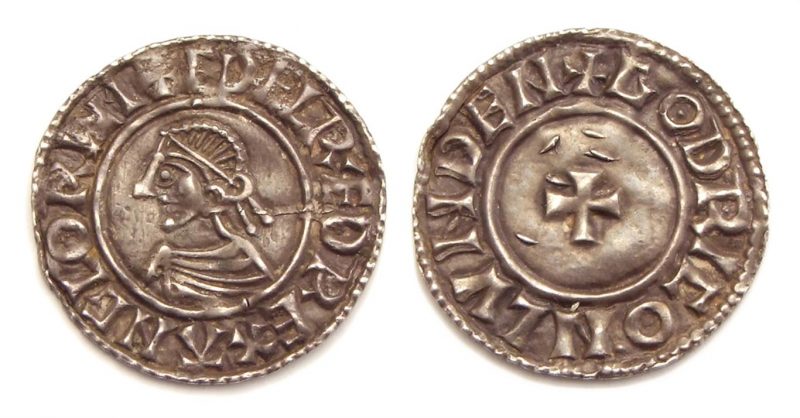Metal detectorist Richard Scothern of Pinxton literally struck pay dirt last year when he unearthed a rare Viking penny that at auction fetched £12,000 including commission.
The unique penny, which was probably cast in Lincoln during the reign of Viking king Sihtric Caoch 11 centuries ago, has been called the ‘find a lifetime’ found by Scothern, a 45-year-old welder.
He came across the coin in a field close to Newark on Boxing Day in 2016.
It sold at auction to an unknown bidder in the room at Dix Noonan Webb in London.
A sale price between £10,000 to £ 12,000 had been expected by the international jewelry, medals and coin specialists.
Scothern said it is the greatest thing he has ever found and cannot believe it withstood farm machinery. That coin has used all of its nine lives.
He probably walked over it numerous times on earlier visits, he explained. His detector emitted a signal the coin was only a few inches below the surface.
It was unbelievable when it emerged, he continued. He knew at once that it was a Viking coin since he had viewed copies of them in New York City’s Jorvik Museum and he realized it was a fine coin, but he did not realize its rarity.
An investigation has shown that the coin was struck, probably in Lincoln, during Caoch’s reign, one of the foremost Viking leaders early in the 10th century.
He ruled initially in Dublin and then relocated to Northumbria. From there, he is believed to have subdued most of Mercia, now the East Midlands. Nottinghamshire, where the coin was located, became part of Danelaw, the region of England under Viking control.
Caoch’s rule was not lengthy, lasting six years from 921 to 927 and the penny found by Scothern dates from that period.
Will Bennett, a spokesman for Dix Noonan Webb, said despite ten centuries in the soil it is in very fine condition. As well as being a hardy survivor, it is also the coin of a victor.
Caoch would have wanted his own coinage minted to strengthen his power.
The antique is not the only coin from ancient times found near Newark.
Twelve years ago Maurice Richardson uncovered The Newark Torc, an Iron Age gold alloy considered by the head of the British Museum as perhaps the most important find of Iron Age Celtic gold jewelry made in the last half-century.
It was purchased for £300,000 and now resides in the Newark Civil War Museum, Lincolnshire Live reported.
Most recently, last year silver coins from Henry VIII’s rule, a medieval gold ring and a store of third-century coins were found in county villages.
And two years ago, a golden bar and a 13th-century silver pendant were uncovered in the countryside of Nottinghamshire.
